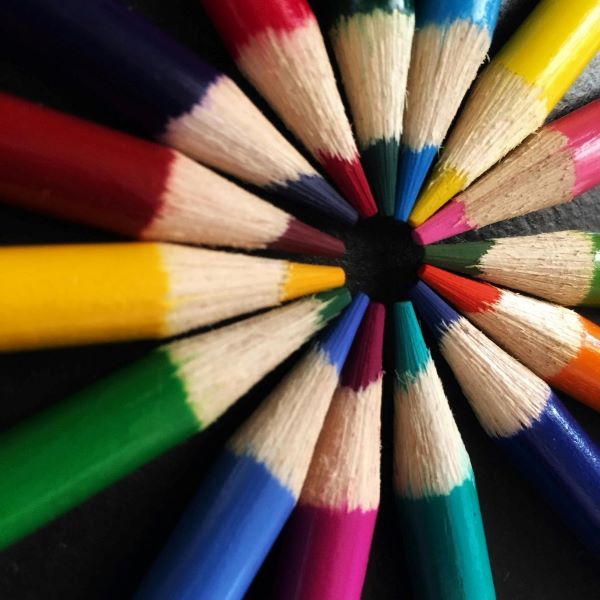Color is more than just a visual element; it’s a powerful psychological tool that influences consumer behavior, brand perception, and marketing effectiveness.

What is Color Psychology?
Color psychology is the study of how colors affect human emotions and behavior. Different colors evoke distinct psychological responses, making them crucial in branding and marketing. For example, red can create a sense of urgency, while blue fosters trust and stability.
While reactions to colors can vary based on personal experiences and cultural background, there are general trends that marketers can use to influence their audience’s perceptions and decisions.
Why Colors Matter in Marketing
Using the right colors in marketing can:
- Enhance brand recognition - Studies show that color increases brand recognition by up to 80%.
- Influence emotions and behavior - Colors can evoke excitement, trust, or relaxation, impacting how consumers interact with a brand.
- Improve conversion rates - Strategic use of colors in ads and call-to-action buttons can encourage customers to take action.
- Establish brand identity - Consistent color schemes reinforce brand identity, making businesses more memorable and trustworthy.
The Meaning of Colors in Marketing
Each color carries unique psychological associations.
Red
- Represents: Energy, passion, urgency, excitement
- Used by: Coca-Cola, Netflix, Target
Blue
- Represents: Trust, dependability, calmness, professionalism
- Used by: LinkedIn, IBM, Ford
Green
- Represents: Nature, health, growth, sustainability
- Used by: Whole Foods, Starbucks, Spotify
Yellow
- Represents: Happiness, warmth, creativity, optimism
- Used by: McDonald’s, Snapchat, IKEA
Orange
- Represents: Enthusiasm, confidence, affordability, friendliness
- Used by: Fanta, Dunkin’, Harley-Davidson
Purple
- Represents: Luxury, royalty, wisdom, creativity
- Used by: Hallmark, Cadbury, Yahoo!
Black
- Represents: Sophistication, power, elegance, mystery
- Used by: Chanel, Nike, Apple
White
- Represents: Simplicity, cleanliness, purity, honesty
- Used by: KFC, Mini Cooper, Barq’s
How to Choose the Right Colors for Your Brand
Selecting the best colors for your brand involves more than just picking your favorite shade. Here are some steps to guide your decision:
- Align with Brand Identity - Consider your brand’s values, mission, and target audience. Do you want to appear sophisticated and professional or fun and energetic?
- Understand Your Audience - Different colors appeal to different demographics. Research your audience’s preferences and cultural associations with colors.
- Use a Maximum of Three Colors - A well-balanced color scheme typically consists of a primary, secondary, and accent colors. Of course, there are exceptions, but this is a good guideline.
- Choose Complementary Colors - Select colors that complement each other and create visual harmony. Use a color wheel to find complementary and analogous color schemes.
- Test and Refine - Conduct A/B testing to see how different colors impact engagement and conversion rates in your marketing materials.
Where to Use Colors in Marketing
Key areas include:
- Logos - A strong logo color scheme reinforces brand identity.
- Website Design - Colors influence user experience, readability, and conversions.
- Social Media - Consistent color usage in posts and graphics strengthens brand recognition.
- Advertising - The right color combinations can enhance ad effectiveness and click-through rates.
Color plays a crucial role in branding and marketing. Understanding color psychology and choosing the right colors for your brand can create stronger connections with your audience.
